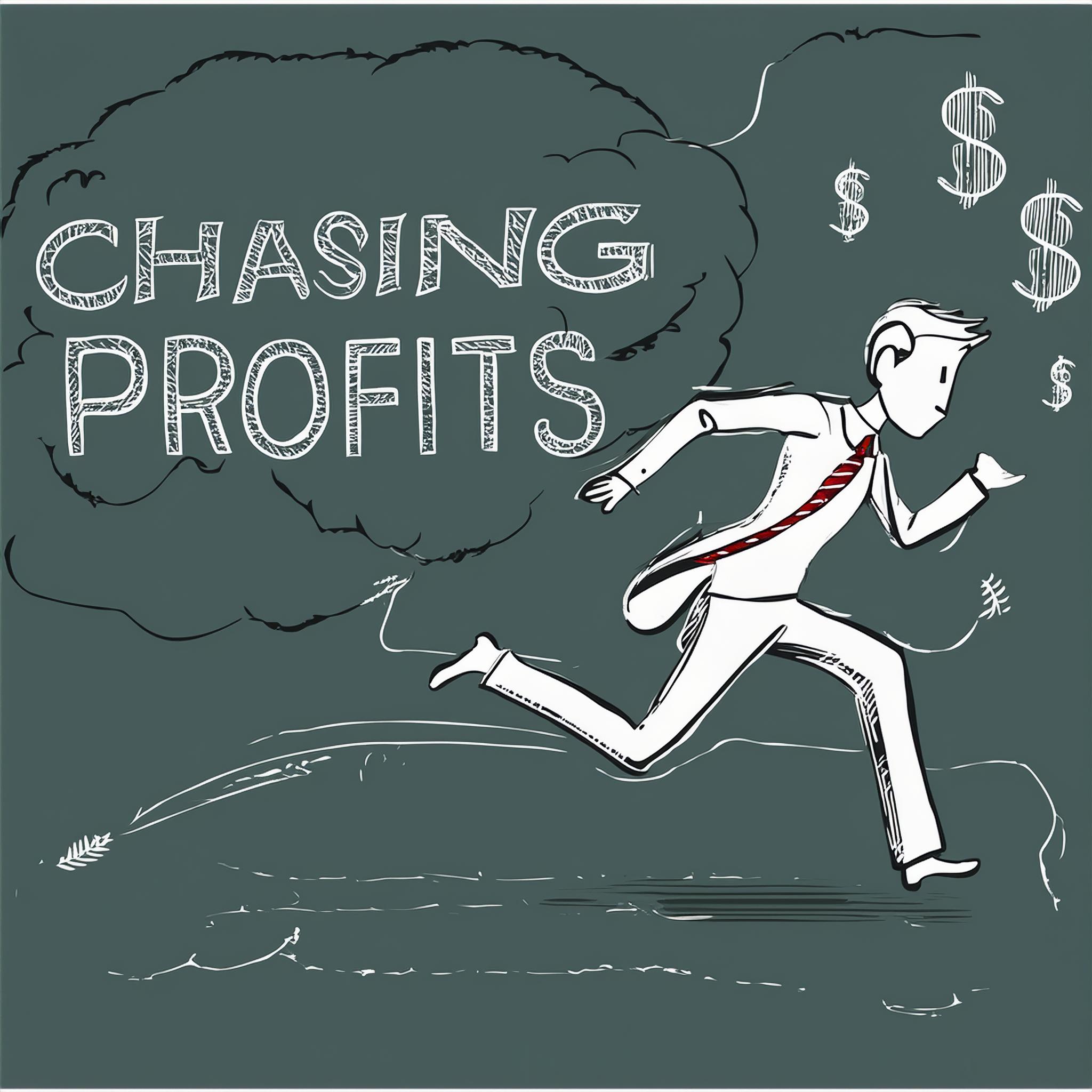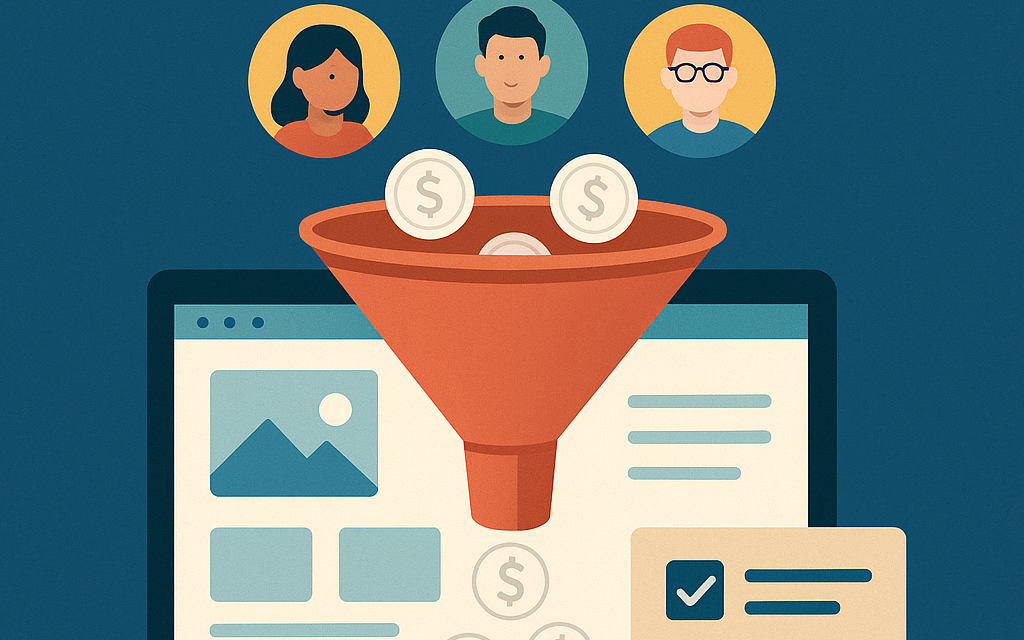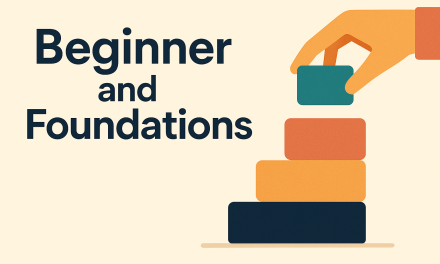How to Turn Your Website into a Lead‑Gen Machine
Who this is for
– Late‑20s to early‑30s founders, marketers, and creators who can already record/edit video or audio and want the site to pull in qualified leads on autopilot.
– You’re comfortable with tools and want a practical blueprint you can implement without a huge team.
Mindset shift: from “site as brochure” to “site as funnel”
– Every page has a job: attract the right visitor, qualify them, capture the lead, and move them to the next micro‑commitment.
– Treat content like product: ship small experiments weekly, measure, iterate.
1) Nail the who and the offer (before you touch design)
– Ideal customer profile: job title, company size, budget range, pains, trigger events, buying objections.
– Quantified value proposition: “We help [ICP] get [result] in [time] without [pain], typically returning [$X] or saving [Y hours].”
– One core lead magnet per ICP: make it fast-to-consume (5–10 minutes) and outcome‑driven.
2) Map your funnel in three layers
– Top of Funnel: ungated video and articles that answer “what/why.” Goal: pixel + email capture via soft CTAs.
– Middle of Funnel: comparison content, ROI calculators, checklists, case studies. Goal: capture + qualify.
– Bottom of Funnel: demo pages, pricing, FAQs, “vs” pages, booking calendar. Goal: book a call, start a trial, or request a quote.
3) Build your conversion architecture (the pages and paths)
– Homepage: 1 hero, 1 social proof zone, 1 explainer, 1 primary CTA, 1 secondary CTA, 1 objection‑killer FAQ. Remove anything that doesn’t help someone convert.
– Lead‑magnet landing pages: single outcome, no header nav, benefits bullets, preview video, form above the fold, trust badges, short FAQ, privacy note.
– “Money pages”: pricing, “How it works,” “Compare plans,” “Competitor vs You,” case studies. Each should have a sticky CTA and a scheduler embed.
– Thank‑you pages that actually sell: deliver the asset, then offer a next step (book a 15‑minute fit call, start a trial, or join a live mini‑workshop).
4) Turn your video skills into conversion assets
– Signature 90‑second homepage video: hook (pain), promise (outcome), proof (clip of case result), plan (3 steps), push (CTA). Add captions, 1.0–1.25x playback option.
– Product walkthroughs: 3–5 clips, each 45–60 sec, solving one job‑to‑be‑done. Embed on relevant sections, not just a gallery page.
– Case‑study reels: 30–45 sec per customer, front‑load the metric (“Cut onboarding from 14 days to 3”).
– Micro‑teasers for CTAs: 10–15 sec loops near form fields to reduce anxiety (“Here’s exactly what happens after you book.”)
5) Design CTAs that get clicked
– Above‑the‑fold CTA is action + outcome + safety. Examples:
– “Get the 7‑day plan to ship your first paid pilot” (No spam. Unsubscribe anytime.)
– “Book a 15‑min fit call” (No pitch if it’s not a match.)
– Use two CTAs: primary (fast path, e.g., “Start trial”) and secondary (safer path, e.g., “Watch 5‑min demo”).
– Put a CTA every screenful on mobile. Keep button copy first‑person: “Show me the ROI.”
6) Forms that qualify without killing conversion
– Progressive profiling: ask name + email first; ask role, company size, timeline after submit on the thank‑you page or via a follow‑up email link.
– Friction where it helps: add 1–2 qualifying questions on BOFU pages to help sales prioritize (timeline, budget band, use case).
– Social login (optional) or email + magic link to reduce drop‑off for trials.
7) Use interactive capture to win attention
– Calculators: ROI, time saved, pricing estimate. Ask for email to save results.
– Quizzes/assessments: 5–7 questions that segment by use case; deliver a tailored plan.
– Calendar embed (e.g., 15‑minute audit): require 2–3 fields max and confirm via SMS/email.
– Chat to calendar: pre‑qualify with 3 scripted questions, then offer a booking link.
8) Social proof that actually converts
– Specific, visual, recent. “Saved $42k/yr,” “NPS +28,” “From 3 weeks to 2 days.”
– Mix proof types: logos, quick stats, mini video testimonials, before/after screenshots, third‑party ratings.
– Place proof near CTAs and form fields; repeat on mobile.
9) UX, performance, and accessibility (quietly 20–30% of your conversions)
– Speed: keep Largest Contentful Paint under ~2.5s on 4G; compress images/video, lazy‑load below‑the‑fold assets, ship fewer fonts.
– Mobile‑first: 45–48 px tap targets, sticky bottom CTA, trimmed nav.
– Readability: 14–18 word sentences, 16–18 px body text, high contrast.
– Accessibility basics: alt text, focus states, visible labels, transcripts/captions.
10) SEO that feeds the funnel (especially BOFU)
– Research intent, not just keywords: “tool vs competitor,” pricing, templates, integrations, “best for [ICP].”
– Create one high‑quality page per commercial intent. Include FAQs, comparisons, and a short demo.
– Add schema where relevant (FAQ, Product, HowTo, Video). Write accurate meta titles and descriptions for CTR.
– Repurpose your videos: transcripts for long‑form pages, short clips for social that drive to BOFU pages.
11) Traffic you can scale and track
– Retargeting sequences: view content → gated asset → consultation/trial. Rotate creatives every 2–3 weeks.
– Creator partnerships and UGC: swap case study videos or co‑hosted webinars; drive to dedicated landing pages with UTM tags.
– Direct response on LinkedIn/Meta: start with BOFU audiences (site visitors, email list), test 3 offers, cap frequency.
12) Nurture sequences that move leads to a decision
– Welcome (Day 0): deliver the asset + “2‑minute setup” video + soft ask to book.
– Value (Day 2–4): a quick win tutorial and a related case metric.
– Objection handling (Day 5–7): price, time, switching cost; include a calculator or migration checklist.
– Social proof (Day 9): 2–3 micro‑wins from users like them.
– Direct ask (Day 12): “If [trigger], here’s the best next step.”
– Keep emails short, scannable, with 1 CTA. Use plain text + a single inline image/gif if needed.
13) Measurement and attribution you’ll actually use
– Track events: view_landing, start_form, submit_form, book_call, start_trial, activated, paid.
– Own your UTM taxonomy: source, medium, campaign, content, creative. Enforce naming in a one‑pager.
– Define stages: MQL (meets ICP + engaged), SQL (qualified need/timeline), Opportunity, Won.
– Core metrics: conversion rate per page, cost per lead, lead‑to‑SQL rate, SQL‑to‑close rate, LTV:CAC, time to first value.
14) Experiment like a scientist
– Hypothesis template: “Because [insight], changing [element] from A→B will move [metric] by X% in 14 days.”
– Test sequence: headline → CTA copy/placement → form length → hero media → price presentation → offer.
– Minimum detectable lift: aim for 15–20% relative improvements to call a win quickly.
– Don’t A/B test everything at once. Ship weekly, learn monthly.
15) Trust, privacy, and deliverability
– Clear consent language on forms, link to privacy, easy unsubscribe.
– Use double opt‑in for top‑funnel lists; single opt‑in is fine for BOFU trials/calls.
– Warm your domain, authenticate email (SPF, DKIM, DMARC), and avoid heavy images in first sends.
– Cookie banner with preference controls; fire non‑essential pixels only after consent where required.
Fast copy templates you can adapt
– Homepage headline: “Ship [outcome] in [time] without [big pain].”
– Subhead: “Built for [ICP]. Used by [notable logos].”
– CTA button: “Show me how” or “Get my [asset].”
– Pricing page microcopy: “Most teams recoup cost in [X days].”
– Form reassurance: “2 minutes. No spam. No credit card.”
Lead‑magnet ideas you can produce quickly with your content skills
– 10‑minute “before/after” teardown video with downloadable checklist.
– Self‑assessment quiz that outputs a 1‑page action plan.
– ROI or time‑savings calculator with a custom report emailed.
– Mini‑course: three 5‑minute videos + templates zipped.
– Live office hours session; replay gated with show notes.
Tech stack suggestions (lightweight and affordable)
– CMS: Webflow, Framer, or WordPress + a performant theme.
– Forms/quizzes: Typeform, Tally, or native CMS forms.
– Scheduling: Calendly or Cal.com.
– Analytics: GA4 + Search Console; add Microsoft Clarity or Hotjar for session replays/heatmaps.
– CRM + automation: HubSpot Starter, Pipedrive + Outfunnel, or ConvertKit/Klaviyo for creator/commerce.
– A/B testing: VWO, Optimizely Web, or native CMS split testing where available.
– Integrations: Zapier or Make to move leads into CRM and trigger sequences.
Page‑by‑page checklist
– Every page: clear H1, single primary CTA, proof near CTA, mobile pass, load fast, analytics event.
– Landing pages: no top nav, hero video or image, benefits bullets, 1 form, 1 secondary CTA, FAQ, privacy note.
– Pricing: plan comparison, toggle monthly/annual, risk reversal (trial, guarantee), “Talk to us” for custom.
– Thank‑you: deliver instantly, show next step, add a calendar embed, remind of value.
14‑day sprint plan
– Day 1–2: ICP + offer + lead magnet selection. Draft scripts.
– Day 3–4: Record 90‑sec homepage video + 2 micro‑demos. Edit captions.
– Day 5: Build or refactor homepage hero + sticky CTA + proof zone.
– Day 6: Create one BOFU landing page (competitor vs you) with a scheduler.
– Day 7: Produce a 5‑question quiz or a simple ROI calculator.
– Day 8: Set up forms, CRM, and a 5‑email nurture. Authenticate your domain.
– Day 9: Install analytics, pixels, events, and UTM guardrails.
– Day 10: Launch retargeting: homepage viewers → quiz/asset → call/trial.
– Day 11: Add case‑study reel and 3 testimonial snippets to money pages.
– Day 12: Ship FAQ with objection busters; add schema.
– Day 13: QA mobile speed and accessibility fixes.
– Day 14: Go live. Start first A/B test (CTA copy + placement).
Common mistakes to avoid
– “Resource library” with no CTAs or next steps.
– Asking for 8 form fields before giving value.
– One‑size‑fits‑all pages for multiple ICPs.
– Treating the thank‑you page like a dead end.
– Letting paid traffic land on your generic homepage.
– Shipping beautiful pages that take 7 seconds to load on 4G.
Quick wins you can do in an afternoon
– Replace your homepage hero with a clear promise + 90‑sec video + CTA.
– Add a scheduler embed to your pricing and demo pages.
– Move a testimonial with a hard metric right beside your primary CTA.
– Reduce your form to name + email; ask two qualifiers on the thank‑you page.
– Add exit‑intent pop‑up only on money pages with a BOFU offer (“Watch the 5‑min demo”).
What “good” looks like after 60–90 days
– Conversion rates: 2–5% site‑wide (higher on focused landing pages), 15–30% on lead magnet pages, 20–40% view→start for demos.
– A nurture that reliably turns 10–20% of MQLs into SQLs.
– Clear line of sight from each campaign and page to pipeline and revenue.
If you want, tell me your ICP, current offer, and tech stack, and I’ll draft a site map, page outlines, and the exact CTAs and email sequence for your business.





